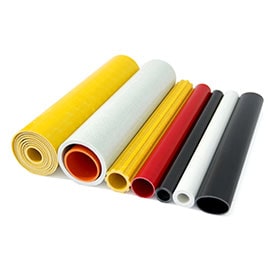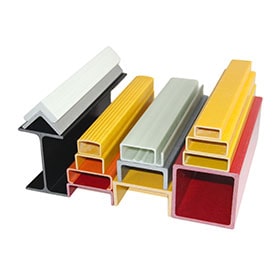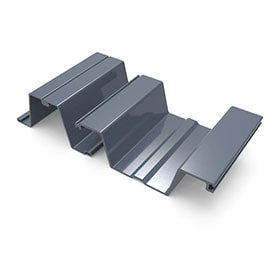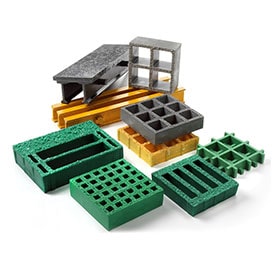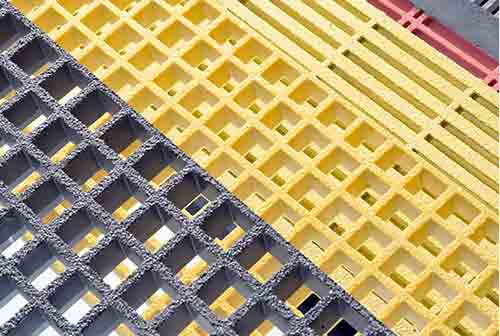
Grating is a common structural element that can be used for various purposes, such as flooring, stair treads, platforms, walkways, drainage covers, and more. Grating can be made from different materials, such as steel, aluminum, or fiberglass. Each material has its own advantages and disadvantages, depending on the application and the environment. In this article, we will compare fiberglass grating and steel grating, two of the most popular choices for grating, and help you decide which one is better for your specific project.
What is Fiberglass Grating?
Fiberglass grating, also known as fiberglass reinforced plastic (FRP) grating, is a composite material that consists of fiberglass strands embedded in a resin matrix. Fiberglass grating can be molded into various shapes and sizes, and can have different surface patterns and colors. Fiberglass grating is lightweight, strong, corrosion-resistant, fire-retardant, non-conductive, and easy to install and maintain. Fiberglass grating is suitable for both indoor and outdoor applications, especially in harsh environments where metal grating may corrode or rust.
What is Steel Grating?
Steel grating is a type of metal grating that is made from steel bars or wires welded or locked together at right angles. Steel grating can have different load-bearing capacities and surface treatments, such as galvanized, painted, or powder-coated. Steel grating is durable, rigid, economical, and recyclable. Steel grating can withstand heavy loads and high temperatures, making it ideal for industrial and commercial applications. However, steel grating can also be susceptible to corrosion, rusting, and electrical or heat conduction.
Comparison of Fiberglass Grating and Steel Grating
To compare fiberglass grating and steel grating, we need to consider several factors, such as strength, weight, cost, maintenance, safety, and environmental impact. Here is a summary of the main differences between the two types of grating:
| Factor | Fiberglass Grating | Steel Grating |
| Strength | High strength-to-weight ratio; flexible and resilient; can withstand impact and fatigue | High load-bearing capacity; rigid and stable; can withstand high temperatures |
| Weight | Lightweight; easy to handle and transport; reduces structural support requirements | Heavy; requires more labor and equipment; increases structural support requirements |
| Cost | Higher initial cost; lower life-cycle cost; lasts longer and requires less maintenance | Lower initial cost; higher life-cycle cost; may need frequent replacement and maintenance |
| Maintenance | Low maintenance; corrosion-resistant; easy to clean with water and soap | High maintenance; prone to corrosion and rusting; may need painting or coating |
| Safety | Non-conductive; fire-retardant; slip-resistant; reduces noise and vibration | Conductive; may need fire-proofing; may need anti-slip coating or serration; may cause noise and vibration |
| Environmental Impact | Non-recyclable; releases VOCs during production; may degrade under UV exposure | Recyclable; consumes more energy and resources during production; emits greenhouse gases during transportation |
As we can see from the comparison table above, fiberglass grating and steel grating have their own pros and cons. There is no definitive answer to which one is better for your application. It depends on your specific needs and preferences. You should consider the following questions before making your decision:
Where will the grating be used? Indoor or outdoor? Wet or dry? Hot or cold?
How much weight will the grating support? Light or heavy? Static or dynamic?
How much are you willing to spend? Initial or long-term? Installation or maintenance?
How important are safety and performance? Corrosion or fire? Slip or shock?
How do you care about the environment? Recyclability or sustainability? Emissions or VOCs?
By answering these questions, you can narrow down your options and choose the best type of grating for your project. If you need more information or assistance, please feel free to contact me.
 +86 15303735673
+86 15303735673 Jessica@frpzs.com
Jessica@frpzs.com
 Technical Data
Technical Data


